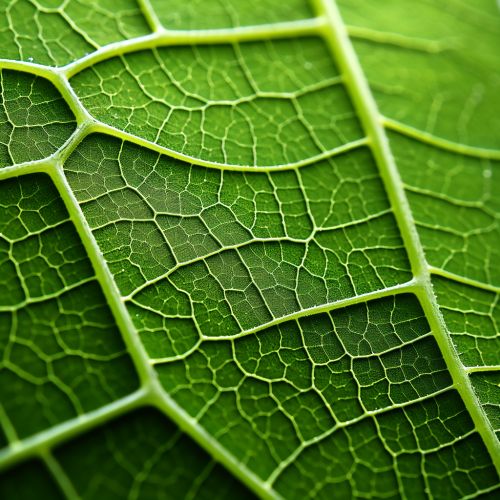Natural Sciences
Introduction
The Natural Sciences encompass a wide range of scientific disciplines that study natural phenomena, including physical phenomena, chemical phenomena, biological phenomena and geological phenomena. These disciplines use scientific methods to understand the principles that govern the natural world, and the universe as a whole.
Physical Sciences
The physical sciences study the inanimate world and comprise the fields of Astronomy, Physics, Chemistry, and Earth science.
Astronomy
Astronomy is the scientific study of celestial objects, such as stars, planets, comets, and galaxies. It involves the use of telescopes to observe the night sky and the analysis of the data obtained to understand the physical and chemical properties of these celestial bodies.


Physics
Physics is the study of matter and energy and their interactions. It is concerned with fundamental principles that describe the nature of the universe, including the laws of motion, the structure of space and time, and the behavior of matter and energy.
Chemistry
Chemistry is the study of substances, their properties, how they interact, combine, and change to form new substances. It is concerned with atomic and molecular structures, the properties of individual atoms, how atoms form chemical bonds to create chemical compounds, the interactions of substances through intermolecular forces, and the chemical reactions.
Earth Science
Earth Science is the study of the Earth's structure, physical characteristics, and its dynamic status. It includes geology, meteorology, oceanography, and environmental science. It involves the study of Earth's minerals, soil, water, and the atmosphere.
Biological Sciences
Biological sciences involve the study of living organisms and their interactions with each other and their environment. This can include fields such as Biology, Botany, Zoology, Microbiology, and Ecology.


Biology
Biology is the study of life and living organisms, including their structure, function, growth, origin, evolution, distribution, and taxonomy. It is a vast field, composed of many branches and subdisciplines.
Botany
Botany is the scientific study of plants, including their physiology, structure, genetics, ecology, distribution, classification, and economic importance.
Zoology
Zoology is the branch of biology that studies the animal kingdom, including the structure, embryology, evolution, classification, habits, and distribution of all animals, both living and extinct.
Microbiology
Microbiology is the study of microorganisms, including bacteria, viruses, fungi, and protozoa. It involves the study of their structure, function, and role in the environment.
Ecology
Ecology is the study of the relationships between living organisms, including humans, and their physical environment. It seeks to understand the vital connections between plants and animals and the world around them.
Interdisciplinary Fields
There are also many interdisciplinary fields within the natural sciences, such as Biochemistry, Geophysics, Astrobiology, and Systems biology. These fields use methods derived from several different sciences to approach their specific research questions.


